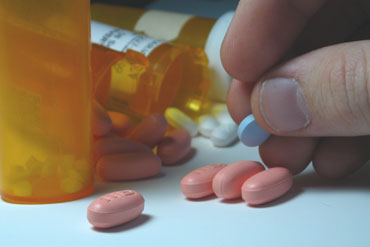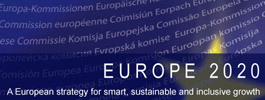by Albert van der Zeijden, patient representative at the Pharmacovigilance Risk Assessment Committee and the Scientific Committee’s Patients’ and Consumers’ Working Party of the European Medicines Agency

It is the role of the Pharmacovigilance Risk Assessment Committee (PRAC) to avoid unnecessary harm by the use of medicines. As Directive 2010/84/EU states, “Pharmacovigilance rules are necessary for the protection of public health in order to prevent, detect and assess adverse reactions to medicinal products placed on the Union market, as the full safety profile of medicinal products can only be known after they have been placed on the market”. Safety is a relative concept and in the case of medicines always the outcome of the weighing of the benefits and risks of the medicine. This is the case on the regulatory level of the PRAC, but also an everyday question patients and health care professionals must ask themselves. Most patients will accept risks if using a medicine leads to a better quality of life. A woman with multiple scleroses, attending a workshop on biologicals about the risk of progressive multifocal leukoencephalopathy, put it this way: “I do not want to add years to my life, but I want to add quality to the years I have”.
The PRAC, as a scientific committee of the European Medicines Agency, is best defined as the axis of the EU pharmacovigilance network. In the first circle of the network are members of the PRAC, qualified staff members of EMA and the national competent authorities. Most work to prepare the PRAC discussions is actually done at the level of the national competent authorities, by assessors or people reporting on the progress of periodic safety reports, risk management plans, etc. In a second circle around the axis we find the collaborating organisations of stakeholders, particularly organisations for patients, consumers and healthcare professionals.
Pharmacovigilance has changed the regulators' focus from the medicine to the user of the medicine and the decisions to be made in clinical practice. By the time a medicine receives market authorisation, we have gathered a lot of important information on the efficacy and safety of the medicine in double-blind randomised clinical trials. But what counts is the effectiveness of the medicine in the unblinded, non-randomised reality of clinical practice. Every decision of the PRAC is a small step to personalised treatment and so to patient-centred health care.
The August 2016 report from the Commission regarding pharmacovigilance related activities from 2012 to 2014 shows us all the tremendous achievements of this network approach. It's worth bearing in mind that many organisations at both EU level and Member State level contributed to making those achievements possible.







